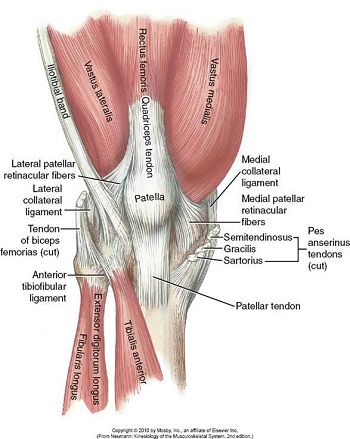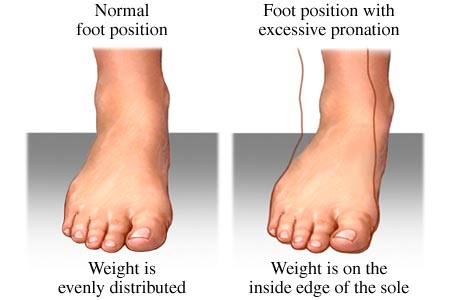 With warmer weather right around the corner and the overwhelming feeling to get outside, don’t let a little knee pain stop you! There can be many reasons for knee pain that does not involve the ligaments or meniscus inside the joint. Some of the commons causes are:
With warmer weather right around the corner and the overwhelming feeling to get outside, don’t let a little knee pain stop you! There can be many reasons for knee pain that does not involve the ligaments or meniscus inside the joint. Some of the commons causes are:
• Patella tracking dysfunction: the kneecap does not slide or glide in the normal groove of the femur. Normal symptoms are grinding, popping or ache feeling after prolonged sitting (like at the movies). The poor tracking can cause wear and tear of cartilage on the underside of the kneecap and can be caused by tight IT band, tight quadriceps or hip flexors, weak gluteus medius (hip muscles), or unsupported pronation of feet.
• Patella tendonitis/tendinopathy: overstressing the patella tendon (tendon below the kneecap that attaches to the tibia/shin), often with jumping or increased running distances too quickly. Once no longer an acute injury, then the treatment for the chronic tendonitis that is called tendinopathy requires a different type of exercise for improvement.
• ITB (Iliotibial band) syndrome: the iliotibial band is a big, thick fascia band down the side of the leg from the outside of the hip to the knee. Tightness in the band can cause pain on the outside of the knee or hip, or can cause the knee cap to be pulled out to the side instead of staying in the center.

Valgus
• Pes anserine bursitis/inflammation: the pes anserine bursa sac is located on the inside of the knee just below the joint line. Three different muscles attach at the same location and can easily irritate the bursa – gracilias, sartious, and semitendinous. Current research is addressing if the pain is caused by tendonitis or actual bursitis.
• Hip weakness (specifically, gluteus medius): creates what is referred to as a valgus at the knee (see diagram at right), or femoral internal rotation that causes more stress and tension at the knee; often causes patella tracking dysfunction or IT band pain.
• Poor footwear: if your feet pronate or arches collapse when walking/running, then the correct shoe is very important. The changes in the kinetic chain between the foot and knee cause increased stress on the knee.

All of the issues listed above can be impacted by the hip joint above or the feet below. It is important to address both areas when knee pain occurs. Specific hip strengthening of the gluteus medius is most important. Some great exercises are: the clamshell, side lying hip abduction, and single leg step down. As for the correct shoes versus orthotics, it all depends on each individual person and the amount of pronation present. You can assess your self in a mirror, looking for movement in your arches to determine if your shoes are supportive enough. However, the best idea is to be assessed for the right type of supportive shoe by a PT or staff member at a reputable shoe store. Some people get enough support with a neutral shoe (not a lot of correction), whereas others might also need mobility control shoes with orthotic inserts.
As always, contact your favorite PT for assistance!



Comments on Chapelboro are moderated according to our Community Guidelines